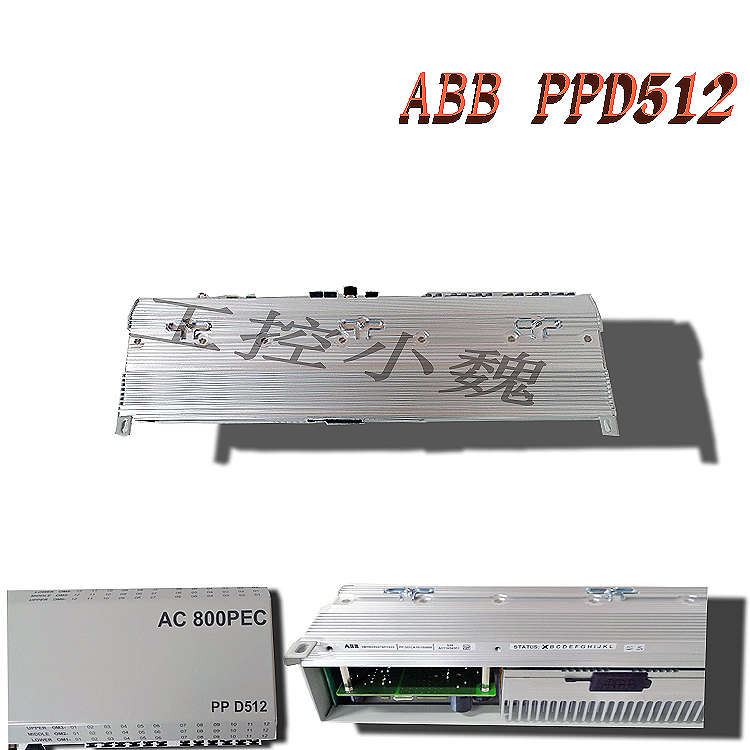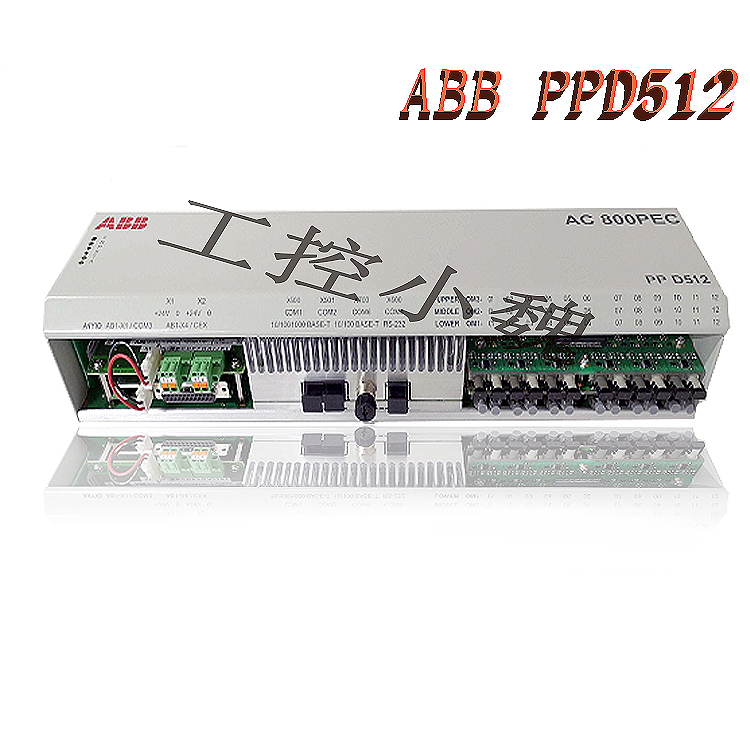PPD512 PPD512A10-15000 3BHE040375R1023
常所说的"CPU是XX位的”就是指ALU所能处理的数据的位数。
2、浮点运算单元FPU(Floating Point Unit)
FPU主要负责浮点运算和高精度整数运算。有些FPU还具有向量运算的功能,另外- -些则有专门]的
向量处理单元。
3、通用寄存器组.
通用寄存器组是一组最快的存储器,脒保存参加运算的操作数和中间结果。
在通用寄存器的设计上, RISC与CISC有着很大的不同。CISC的寄存器通常很少, 主要是受了当时
硬件成本所限。比如x86指令集只有8个通用寄存器。所以, CISC的CPU执行是大多数时间是在访问存
储器中的数据,而不是寄存器中的。这就拖慢了整个系统的速度。而RISC系统往往具有非常多的通用
寄存器,并采用了重叠寄存器窗口和寄存器堆等技术使寄存器资源得到充分的利用。
对于x86指令集只支持8个通用寄存器的缺点, Intel和AMD的最新CPU都采用了-种叫做”寄存
器重命名”的技术,这种技术使x86CPU的寄存器可以突破8个的限制,达到32个甚至更多。不过,相
对于RISC来说,这种技术的寄存器操作要多出一一个时钟周期,用来对寄存器进行重命名。
The commonly used term 'CPU is XX bits' refers to the number of bits of data that ALU can process.
2. Floating Point Unit (FPU)
FPU is mainly responsible for floating-point operations and high-precision integer operations. Some FPUs also have vector operation capabilities, while others have specialized
Vector processing unit.
3. Universal register set
A universal register set is the fastest set of memory that stores the operands and intermediate results involved in the operation.
RISC and CISC have significant differences in the design of general-purpose registers. CISC usually has very few registers, mainly due to the influence of the time
Hardware costs are limited. For example, the x86 instruction set only has 8 general-purpose registers. So, CISC's CPU execution is mostly done by accessing memory
The data in the memory, not in the register. This slows down the entire system. RISC systems often have many commonalities
Registers, and the use of overlapping register windows and register heap techniques to fully utilize register resources.
For the disadvantage of only supporting 8 general-purpose registers in the x86 instruction set, the latest CPUs of Intel and AMD both adopt a type called "register"
The technology of "device renaming" allows the x86 CPU to break through the limit of 8 registers, reaching 32 or even more. However, phase
For RISC, this technology requires an additional clock cycle for register operations to rename registers.


 全国服务热线
全国服务热线







